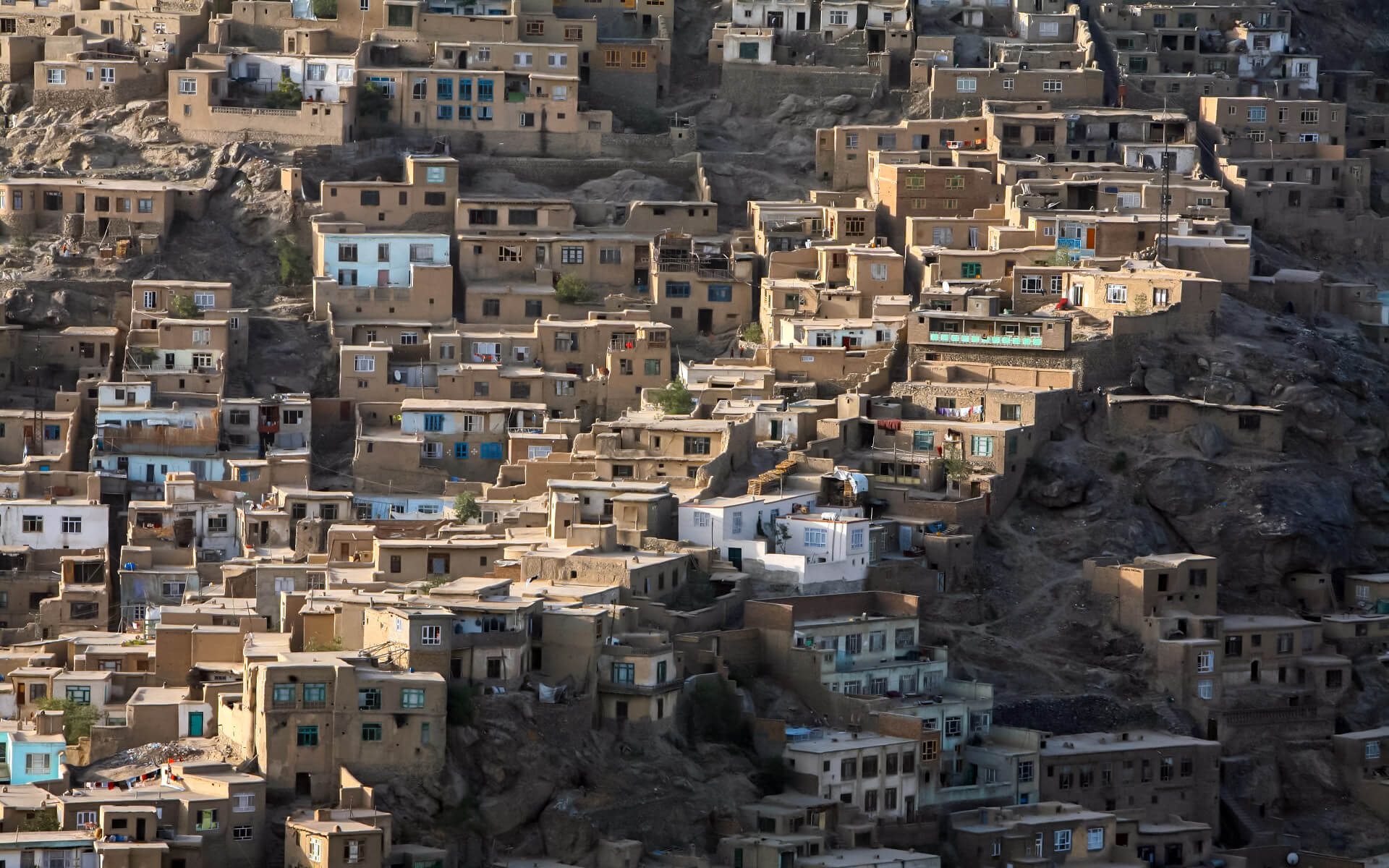Because of the large number of foreigners in Kabul, the city is undoubtedly the greatest location to dine in the region, and there are hundreds of decent restaurants to eat for USD15-25 per person for an evening meal in the mid-range.
Afghan International Pizza Express
Darulaman Rd (near Ministry of Commerce and Ariana TV), +93 700 383 918.
Pizza is excellent. During the May 2006 riots, it was destroyed, however it has since been restored and has a new chef.
Anaar Restaurant & Bar
Crossing of St 14, Lane 3, Wazir Akbar Khan(Between Wazir Akbar Khan circle and Heetal Plaza Hotel, towards end of St 14), +93 700 284 315, e-mail: [email protected]. 10:00-22:00.
Security clearance from the United Nations. Excellent Indian and Asian fare. The menu is in English, and the staff is also fluent in English. Orders can be placed over the phone, and both takeout and delivery are available.
Le Divan Restaurant (frm L’Atmosphere)
Str.4, Qala-e- fatullah, +93 799-300264, +93 700 224982. 10:00-22:00.
French food with a menu in both French and English. Orders can be placed over the phone. Swimming pool and dinner in the garden Sundays are closed.
B’s Place Restaurant
(Guest House), Str.2, Qala-e- fatullah House No.3, +93 70-276416, +93 70-276711. 11:00–23:00.
English menu with Italian and Mexican food. Orders can be placed over the phone.
Bella Italia
(Guest House), Street 14, near the Pakistani Consulate, +93 799 600 666. open until 22:00.
Italian cuisine. Pizzas and pastas are excellent. Mains are too expensive. Appetizers that are tasty. The menu is in English.
Carlito’s Restaurant & Bar
Str 15 Wazir Ak Khan, +93 799 159697, +93 799 167824. 10:00-22:00.
English menu with Mexican food. There will be no phone orders or home deliveries.
Cafe du Pelican
Daraluman Rd (on the west side of the road, look for an orange guard box and Landcruisers parked outside). closes at 17:00.
Good French café meals with a bakery, run by a French couple.
Chief Burger
Shahre Naw (In front of Park Cinema). 20:00-midnight.
This eatery serves quick meals such as burgers and pizzas.
Delhi Darbar
Cinema Zainab Rd, Share-e Naw (between the park and Flower St), +93 799 324 899.
Great Indian cuisine, including a thali for USD6. Indoor seating is cozy and spread out over three rooms, or you may relax outside in the large garden.
Escalades Restaurant
Macroian2, Matba block 104, +93 799 473763.10:00–22:00.
English menu with European food. There are no phone hours or home delivery options.
Golden Key
No 284, Lane 4, Wazir Akbar Khan, (4th Turning on the left off St 13), +93 799 002800, +93 799 343319. 10:00–23:00.
Restaurant serving Chinese seafood. In the summer, garden dining is available, as well as Sheesha, Karaoke, and English breakfast on Fridays. Takeout and home delivery orders can be placed over the phone. http://www.goldenkeykabul.com
The Grill Restaurant
Street 15, Wazir Akbar Khan (on junction near British embassy).
Mixed clientele, Lebanese cuisine in a nice garden setting.
Hong Kong Restaurant
Wazir Akbar Khan (near Pakistani embassy).
Excellent Chinese cuisine.
Istanbul Restaurant
Macroian2, Matba block 104, +93 70 200116, +93 799 356282. 08:00–21:00.
The Turkish food is excellent, and the menu is in English. A terrific spot to enjoy delicious food and a bit of local Kabul culture. Clean, friendly, and frequented by middle class Afghans. Orders can be placed over the phone.
Kulba Afghan
Shar-e-now, Esmat Moslim Str. 3rd floor, +93 799 452151,+93 70 034979. 10:00–21:00.
English menu with Afghan and Italian food. There will be no phone orders or home deliveries.
Mai Thai Restaurant
Str15 Wazir Ak Khan House No.124, +93 70 297557,+93 70-278640. 11:00–21:00.
Thai food, an English menu, and employees that speak English are all available. ‘Lai Thai’ has reincarnated. You may either sit inside or outside. Outside, on the gravel road, park. Good value for money.
Mr Cod
Kabul Tower, Shaheed Abdul Haq Square , Makroyan 3, +93 78 505 0501.
Fish and chips in the British style
New World Korean Restaurant
Charyi Ansari (Shar-e Now), +93 799 199509. until 21:00.
Although the restaurant has relocated, the food remains of exceptional quality. Excellent kimbab and a good assortment of Korean meals (Korean sushi).
Zadar Croatian Restaurant
Wazir Akbar Khan 13th St, +93 70 0220884, e-mail: [email protected].
Restaurant with a romantic atmosphere and a Divan lounge bar. Catering, takeout, and services for parties and ceremonial events are all available.
Pamir Restaurant
Bagh-e Bala Rd (at the Intercontinental Hotel), +93 20 2201321.
Offers a fantastic buffet at a reasonable price.
Popolano Italian Restaurant
Charahi Ansari, Share-e Naw, +93 70 288116. 09:00-22:00.
The menu is in English, and the pizza and pastas are excellent. Orders can be placed over the phone.
The Springfield Restaurant & Bar
Wazir Akbar Khan.
On Mondays, there is a weekly quiz night with pizza and other Italian/Western food.
Raven Rae Restaurant
(Off Koche Qasabi, first left lane. Located in the Raven Rae Villa compound, 6th building on the right side), +93 779 057640, e-mail:[email protected]. 18:30-22:30.
Grilled meats, seafood, steaks, pizza, soups, and salads are available. During the summer, brunch is served in the rose garden. USD5-25.
Boccaccio Restaurant & Bar
Str 10 Wazir Ak khan (same street as Everest Pizza), +93 799 160368. 10:00–22:00.
English menu with European and Italian food. There will be no phone orders or home deliveries. Although it is pricey, the food is among of the best in Kabul.


